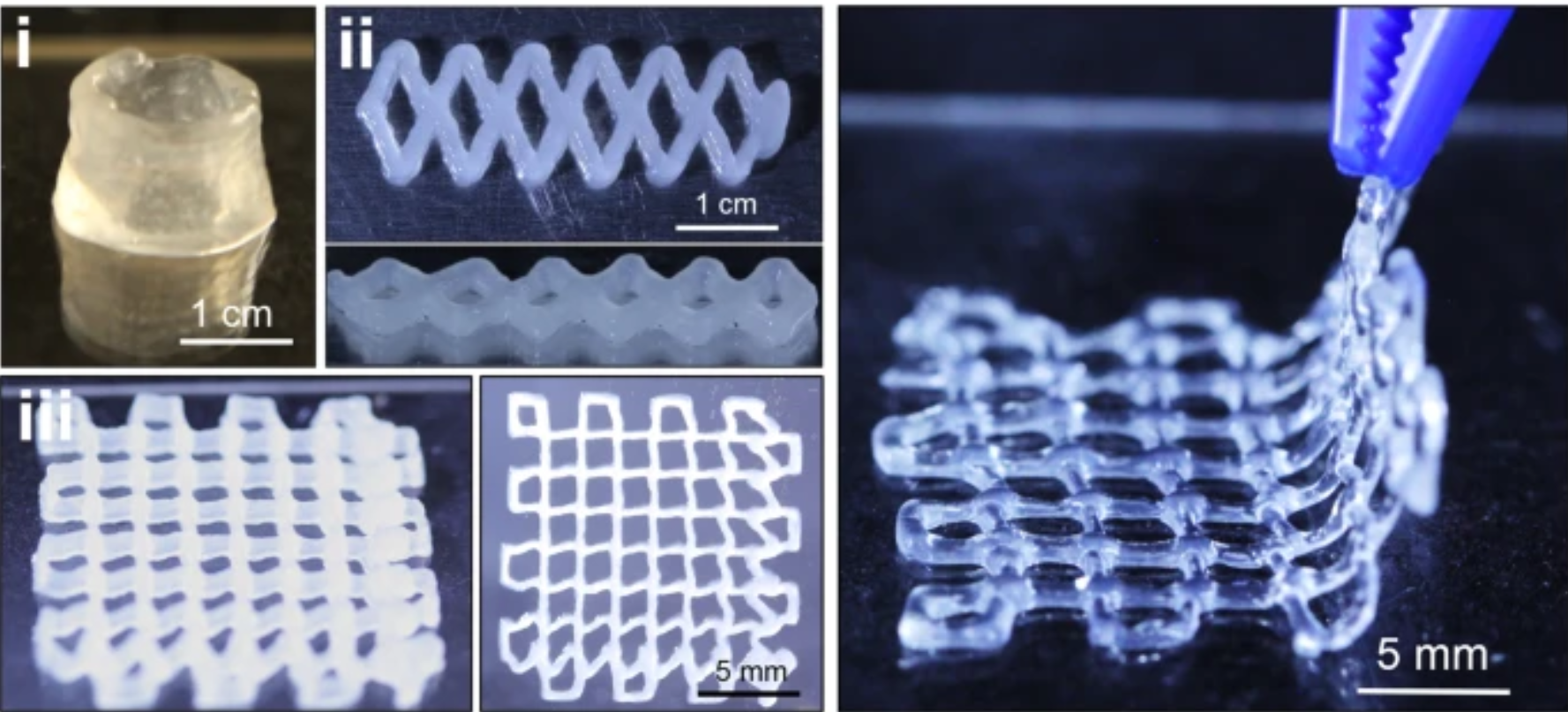
Glass fiber roving is a must-have material for the booming composites industry, especially for those who are looking for a robust and lightweight construction solution. This versatile material, manufactured by Owens Corning, is made of continuous glass filaments that are bundled together and twisted to form a single strand that is used for weaving, knitting, and braiding fibers. The result is a high-strength, high-durability material that can be used in various applications.
Some of the primary uses of glass fiber roving include marine, transportation, aerospace, and construction sectors. Glass fiber roving is widely known for its ability to provide superior mechanical properties and is an ideal material when it comes to manufacturing parts that are subjected to high-stress environments.
One of the benefits of using glass fiber roving is its excellent tensile strength. Glass fibers have a high tensile strength that can withstand high loads without breaking. Additionally, it has a low thermal expansion coefficient that makes it resistant to thermal deformation. It is also resistant to chemicals, moisture, and UV exposure, thus making it an ideal candidate for outdoor applications.

Another important attribute of glass fiber roving is its outstanding adhesion properties. This material can bond with a wide range of matrix materials, including thermoplastic and thermoset resins, thus providing a reliable and robust structure. This facilitates the creation of composite products that have excellent damage tolerance and stiffness.
There are several types of glass fiber roving, namely E-glass, S-glass, and Advantex. E-glass is widely used in low-cost applications, whereas S-glass is used in high-performance applications. Advantex is known for its sustainability, as it emits significantly fewer emissions during the manufacturing process.
The production of Glass fiber roving has undergone significant advancements in recent years, with the introduction of new manufacturing processes that have resulted in higher quality and more cost-effective products. The use of automated fiber placement, for instance, has increased the speed at which composites can be produced while reducing waste material. Additionally, the use of advanced simulation tools has enabled the optimization of the manufacturing process, reducing the cost of production.
In conclusion, glass fiber roving is an essential material in the composites industry. It provides a reliable and robust alternative for creating structural components that can withstand high-stress environments. With the advances in technology, the production of glass fiber roving has become more efficient and cost-effective, providing a high-quality solution at a reasonable price. As such, the demand for glass fiber rovings is expected to continue growing in different industries, including automotive, aerospace, and construction.